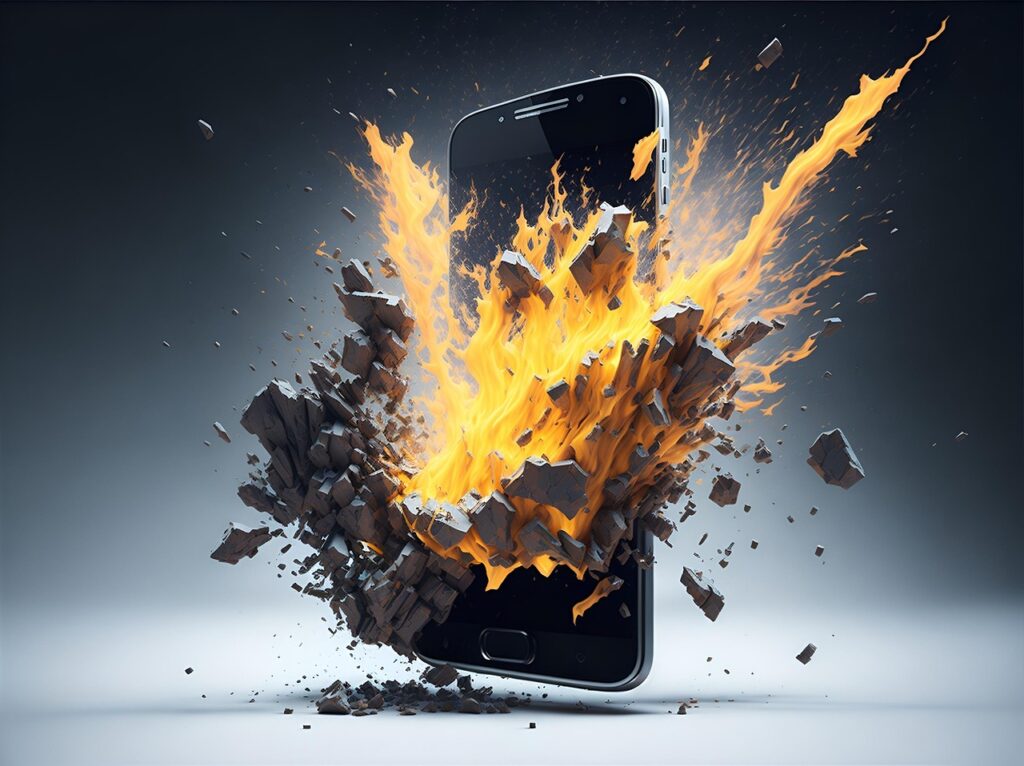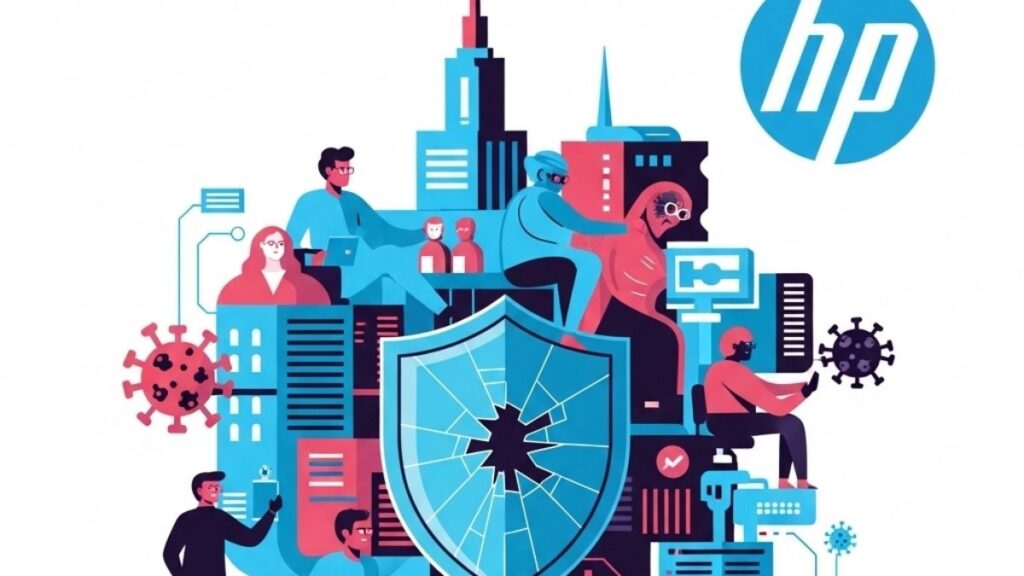Because I worked with great people, one of my favorite jobs was as a competitive analyst at IBM. That was where the lock-in business model that Apple has embraced first became successful in the computer space. Lock-in has several advantages, but one huge disadvantage is that it focuses management on margins and revenue and away from what customers want. Over time, this effectively defunds innovation efforts focused on customer satisfaction and competition.
It took decades for the related cancer to grow in IBM and it nearly killed the company. Today, IBM is an avid supporter of Open Source and Interoperability as is Microsoft which once also tried to emulate what IBM had done with lock-in.
IBM’s near collapse and Apple’s success with the iPhone showcase two methods that can be used to displace a lock-in vendor, and they aren’t mutually exclusive. Let’s cover each in turn.
Break the Cult
Lock-in vendors tend to have a huge amount of support. At IBM it was demonstrated by the saying “no one was ever fired for buying IBM,” a tenet that surrounded and protected the company for decades until its near collapse. Sun was able to break the cult-like loyalty at IBM by tricking IBM into pivoting on Sun and by IBM’s failure to recognize the threat and properly address it.
The Sun strategy didn’t work at first, but it was so convincing that it was able to move into poorly protected IBM accounts. Those accounts were too embarrassed to share that what they bought from Sun was largely crap (at least initially) and didn’t work as advertised. But Sun convinced both a critical mass of IBM customers and IBM itself that the future wasn’t mainframes. That, coupled with the fact that IBM’s lock-in approach had shifted the company well away from employee care for years at that point, resulted in customers realizing that you could and would lose your job buying IBM.
So, the first way to go after Apple is to change the perception of the company in the eyes of Apple buyers. Samsung has successfully done this in the past, showcasing it is possible, though very expensive to sustain if Apple defends and Samsung was unwilling to incur the cost of a sustained effort.
Create a Disruptive Alternative
This is what Apple successfully did with the iPhone against BlackBerry, Palm and Nokia. Those firms were absolutely convinced that a consumer-focused smartphone wouldn’t work. Even Microsoft, prior to bringing out the Zune, had a substantial effort to define a consumer-focused smartphone, but the executives in charge just didn’t get it until the iPhone launched and then, instead of defending their business-focused beliefs like IBM did, they pivoted to try and create a better iPhone, handing Apple the market for a time.
On the PC side, Microsoft Surface has been the best effort in this regard, but there were two mistakes involved. The first was to underfund and under-resource marketing. The marketing requirement to convince a customer already tied to one brand to try yours is very high, and most vendors are unwilling to incur the required cost. The second mistake was to bring out Microsoft rather than Surface Stores. An Apple store is clearly all about the Apple hardware, while a Microsoft Store is more like the PC section in a Best Buy. Microsoft stores lack the purity of purpose of the Apple store and experience in their desire to keep their PC partners happy, so the stores have trouble both developing the traffic they need and the experience a potential Apple switcher would require.
So, while Microsoft Surface is arguably the best effort to displace Apple, it only really functions as more of a hedge against those wanting to leave Windows PCs for a Mac PC, providing a good enough experience to hold many that might have otherwise left for Apple’s greener pastures.
But much like the smartphone market resisted the move to a consumer-focused device, there still is a viable market for a more secure business/government smartphone. Both PCs and smartphones are due for replacement, and that replacement could be a blended product that Apple would have as much trouble seeing as its old competitors had trouble seeing the threat a consumer smartphone represented.
There are a number of coming technologies that could drive products that could blend, merge or combine technologies from smartphones, tablets and PCs, rendering one or more of those forms redundant. We have head-mounted, foldable and roll up displays that could address the size issues, vastly improved processors and GPUs coming from Qualcomm, AMD, and Intel, and it seems everyone but Apple is looking for ways to overcome the traditional tradeoffs between all three platforms. And Apple likely won’t look because it wants its customers to have to buy all three devices, which is a perfect example of the problem with a lock-in strategy: It focuses you on the money you get, not on the money you’d save your customers.
Wrapping Up: Why Go After Apple?
One of the biggest defenses IBM had and Apple still has is that they appear invincible until they are not. The best way to deal with a competitor like Apple is to ignore it and find a way to provide customers with a better overall solution. Trying to be a better Apple is a fool’s game. Apple defines its brand and any effort leveraged against it will likely fall short and cost you more than it does Apple. Instead, focus on what customers want but aren’t getting, like higher customization, lower costs, less aggravation and being envied for their choice and you’ll do well. Apple’s model is a company killer, and eventually, like IBM, it’ll screw up. Once it does, if you’ve focused on the customer tightly, you’ll be there to benefit. But if you’ve just been chasing Apple, you’ll likely be as out of step as it is.
The best way to compete with Apple is to focus on where Apple should have gone, not on where it is. Something to noodle on this week.



